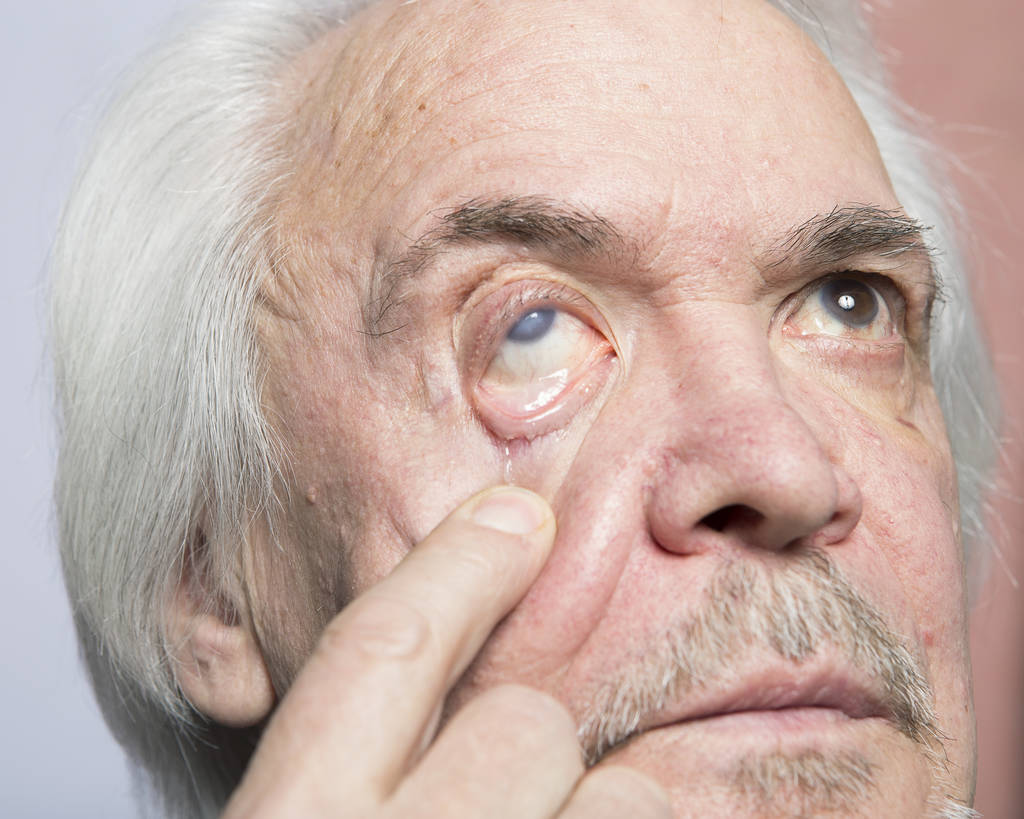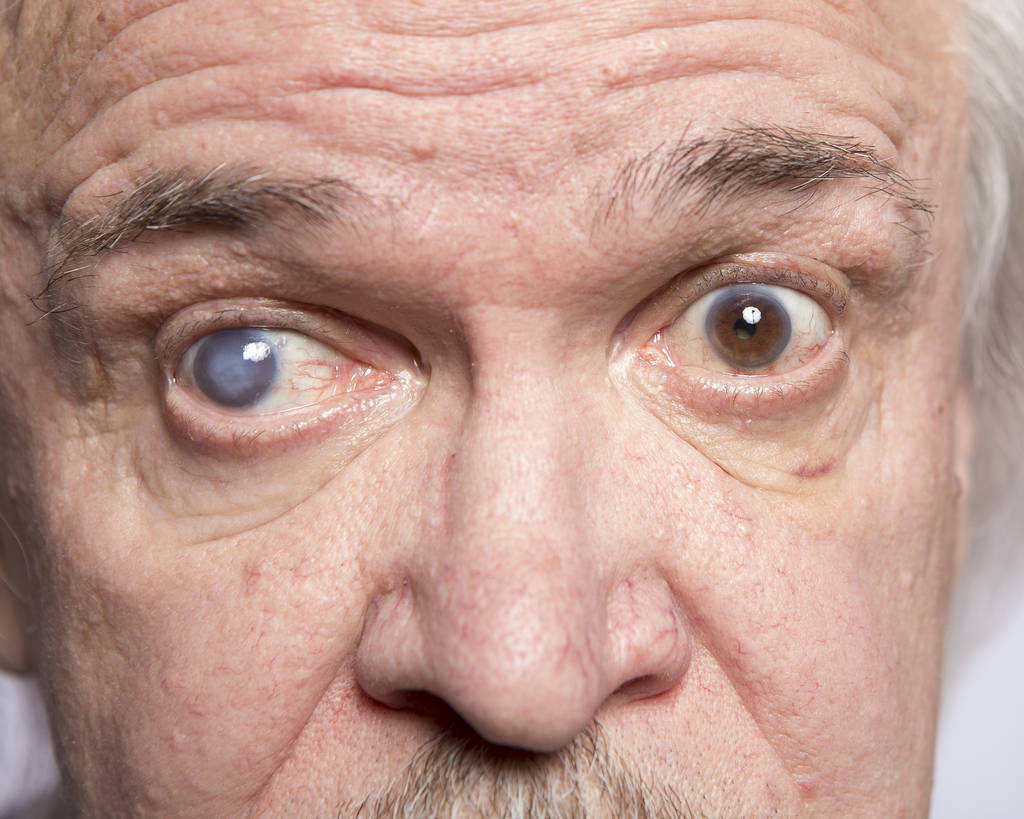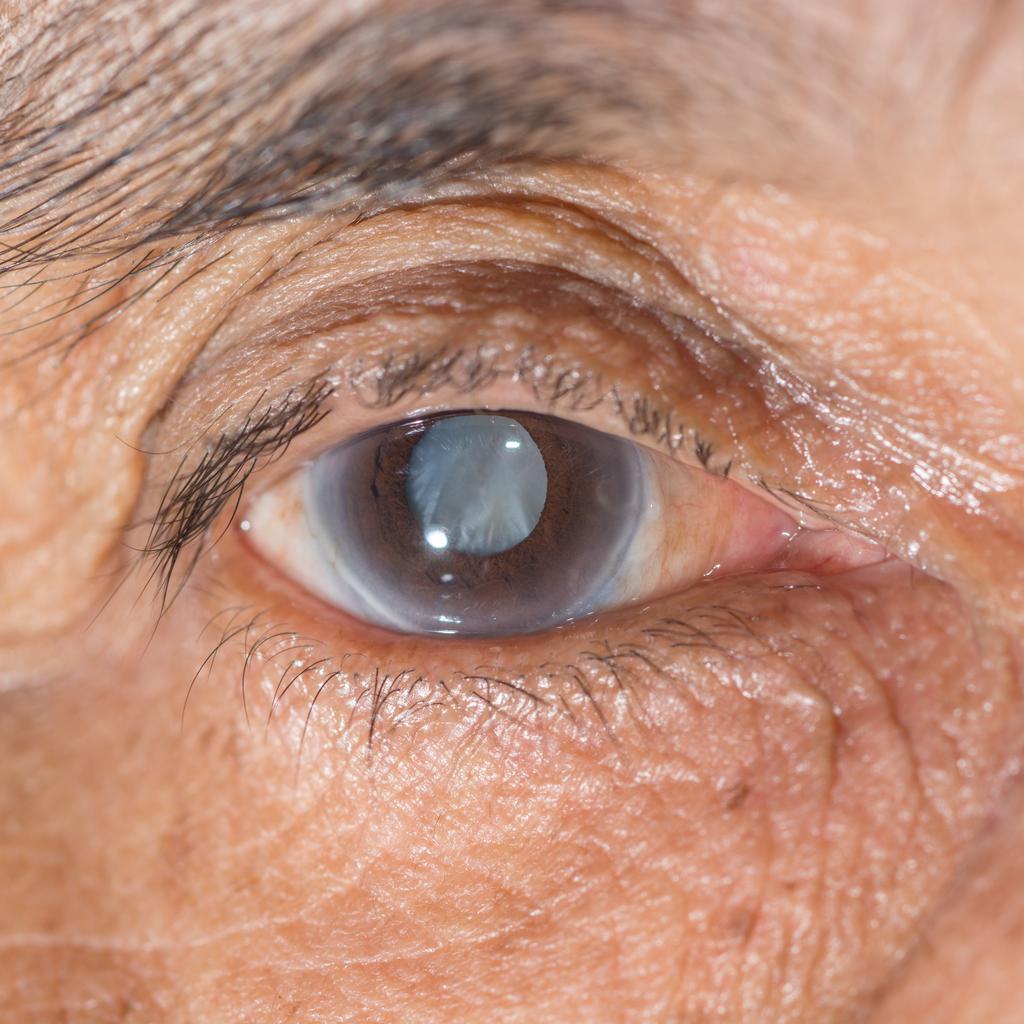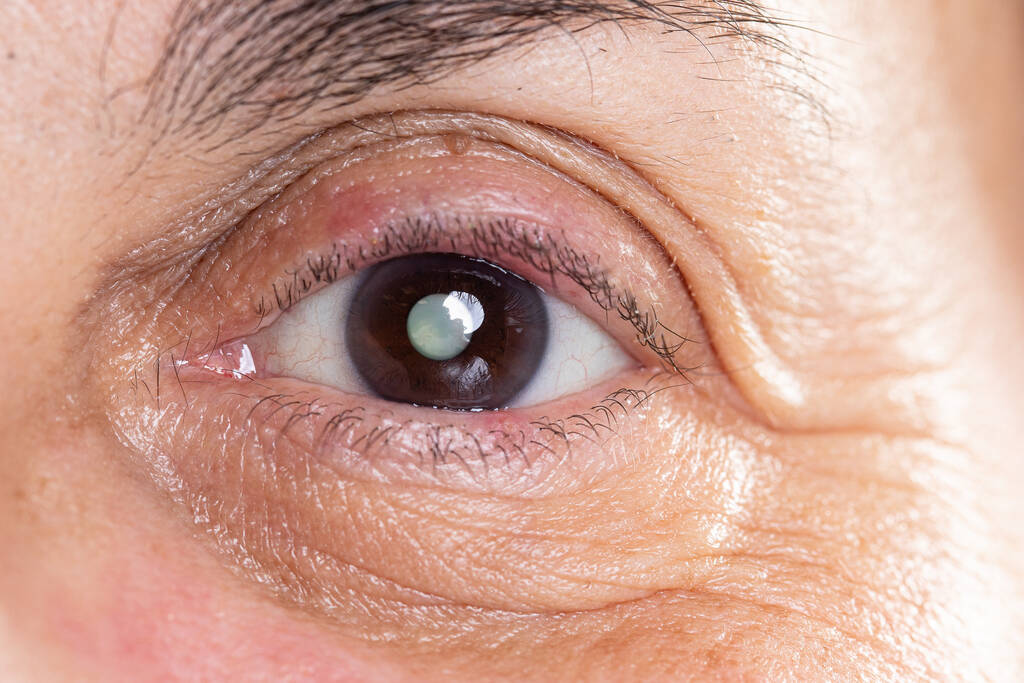As people age, cataracts are a frequent eyesight issue that many encounter. Maintaining good eye health and avoiding visual problems require an understanding of cataracts. With the correct knowledge, one can investigate potential therapies, identify symptoms early, and lower the risk. Gaining more knowledge about cataracts will help you preserve clear vision for years to come and make well-informed decisions about eye care.
Cataracts: What Are They?

People frequently wonder about the common causes of cataracts. When the lens inside the eye gets cloudy or opaque, it can cause cataracts, a condition that can make it difficult to see clearly and cause blurry vision. Sharp eyesight is made possible by the lens, which is often transparent and aids in focusing light onto the retina. A cataract impairs or limits light’s ability to enter the eye, which reduces vision. Cataracts often begin as a small patch of cloudiness that gradually grows larger over time. Although they can also be brought on by injuries, specific drugs, or other medical conditions, older persons experience them more frequently.
Signs of cataracts include:
The course of cataract symptoms might vary from person to person and frequently develops slowly. One of the most typical symptoms is impaired vision, which makes it challenging to perceive little details. People may find it harder to see at night or in dimly lit areas, and objects may appear to have halos surrounding them. Additionally, colors may appear dull or less vivid. These symptoms may get worse as the illness worsens, which could result in more severe vision impairment and make it harder to do daily chores like driving or reading.
Types of Cataracts:

Cataracts come in various forms, each with unique traits and etiology. The most prevalent kind, age-related cataract, appears gradually and is a normal aspect of aging. Congenital cataracts are another kind that can occur at birth or in early childhood and are frequently brought on by infections contracted during pregnancy or by hereditary factors. Secondary cataracts can develop following treatments for illnesses other than glaucoma, such as cataract surgery or trauma to the eye. Each kind may have a distinct effect on eyesight and may need a particular method of diagnosis and care.
Reasons and Danger Factors:
There are various reasons why cataracts may arise, but aging is the most frequent one. Aside from growing older, additional contributing factors include smoking, extended exposure to ultraviolet (UV) light, and certain medical disorders, including diabetes. Cataracts can also result from eye trauma or surgery; genetics may also be involved. Reducing the risk can be achieved by leading a healthy lifestyle and shielding the eyes from UV radiation.
Making a cataract diagnosis:

A comprehensive eye examination conducted by an eye doctor is necessary to diagnose cataracts. A variety of tests, such as reading letters off an eye chart, will be used by the doctor to assess your vision clarity. The lens is examined using specialized equipment to see if it has gotten unclear. A slit-lamp exam, which employs a bright light to see the eye in detail, might be done in certain situations. To determine the best course of action for treatment and gauge the severity of the problem, the doctor may also measure the amount of light that focuses on the retina.
Options for Treatment:
Using brighter lighting and modifying the prescription for glasses or contact lenses can help manage symptoms in the early stages. Surgery might be required, though, if vision issues worsen and interfere with day-to-day activities. Through cataract surgery, vision can be restored by removing the clouded lens and replacing it with a clear artificial lens. Many people report increased vision after the operation, which is usually safe and effective. In order to track advancement and guarantee the best results, routine follow-up appointments with an eye specialist are crucial.
Conclusion:

It’s critical to schedule a comprehensive examination with an eye doctor if you experience symptoms such as blurred vision or trouble seeing at night. The management of the illness might be greatly impacted by early discovery. Despite being widespread, cataracts may frequently be treated with straightforward modifications or surgery. You can lower your risk by avoiding smoking, wearing UV protection for your eyes, and scheduling routine eye exams. Maintaining a proactive and up-to-date knowledge of eye health will help you maintain clear, crisp vision.

Both of my eyes underwent surgery without any complications. I opted for lenses that allow me to see things at a distance, although I now require reading glasses for up-close tasks. This change has been quite beneficial for me, especially considering that I have been wearing glasses since I was in sixth grade.
Just an inquiry has anyone had cataract surgery and what is involved?
During cataract surgery, the majority of individuals experience minimal to no discomfort. An anesthetic in the form of eye drops will be administered to numb the eye throughout the procedure.